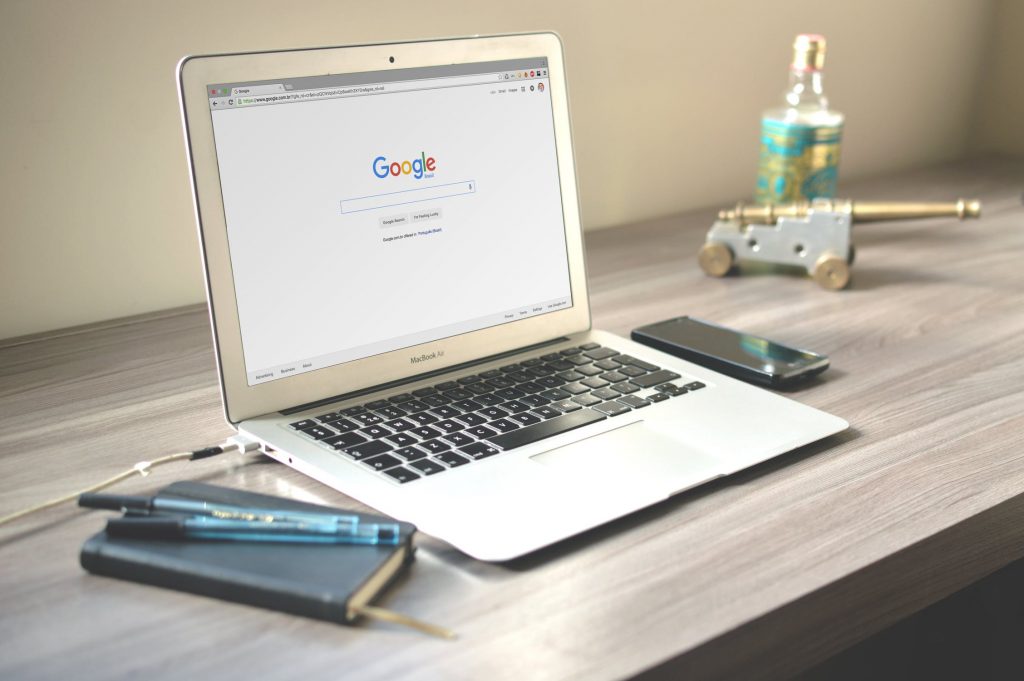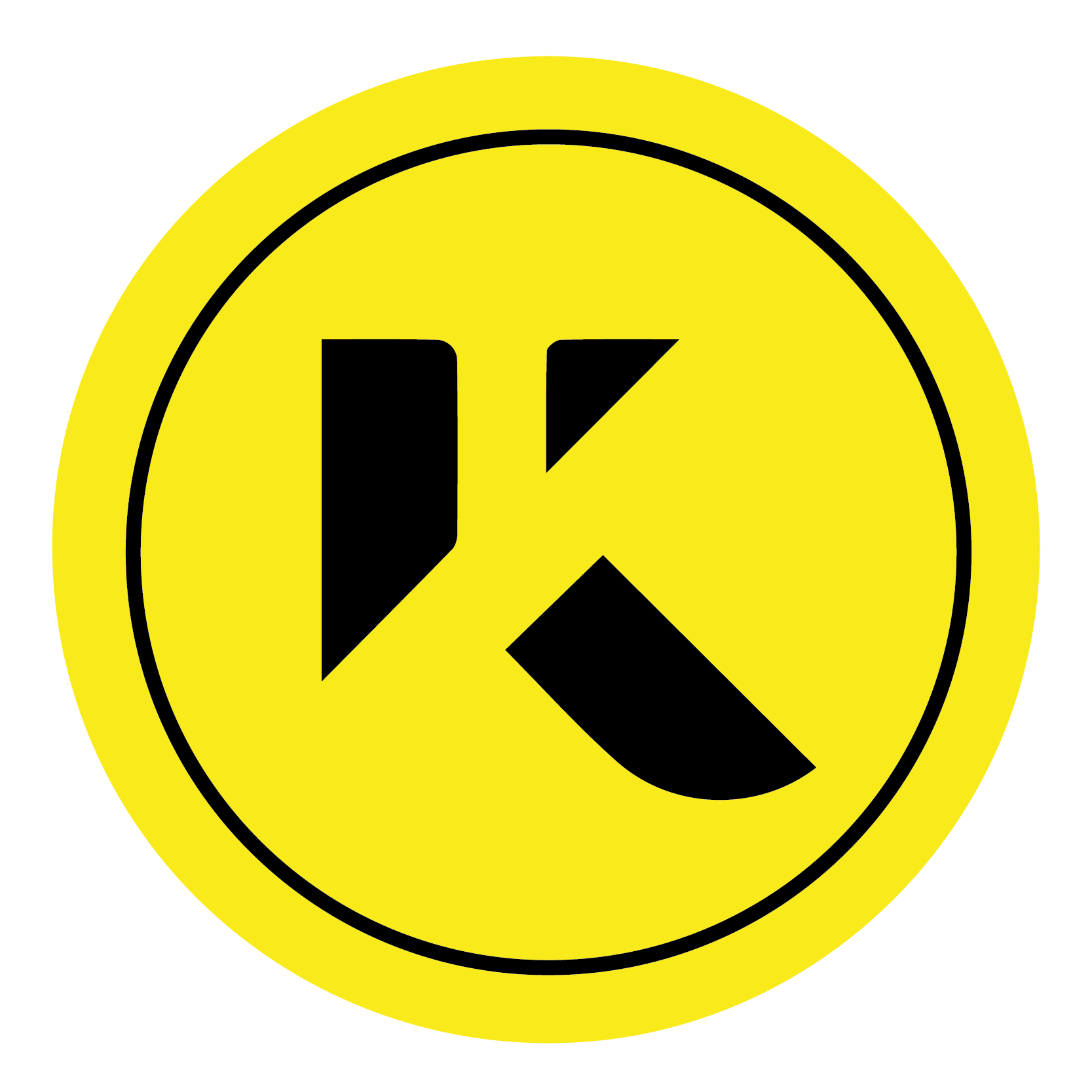Top five common WordPress mistakes and what to do about them
 WordPress is one of the best content management systems and without a doubt one of the my favourite. Using this fantastic tool, the internet and a lovely website is all within your grasp. But with everything, it can have its pitfalls. Here is a list of some of the common mistakes I’ve experienced and how to fix them.
WordPress is one of the best content management systems and without a doubt one of the my favourite. Using this fantastic tool, the internet and a lovely website is all within your grasp. But with everything, it can have its pitfalls. Here is a list of some of the common mistakes I’ve experienced and how to fix them.
1. ‘There’s a plugin for that…’
The words every web developer dreads to hear, whenever I build a website with WordPress, the old analogy that ‘less is more’ works a treat! Don’t get me wrong, plugins are great! They allow you to add functionality with the click of a button! However, they can add lots of bloated code and tables to your database which will slow your site down and possibly create security weaknesses. So choose wisely, don’t install plugins that aren’t necessary and ALWAYS try to use ones that are highly rated and from a valid source. On the other end of the stick, make sure you remove plugins you aren’t using, removing them helps to speed up your site!
2. ‘I’ll do it later…’
I’ll admit it, I don’t always update my website, I think we’re all guilty of letting those annoying little notifications build up with the excuse, ‘I’ll do it later’. But with WordPress and all its plugins, make sure you update it! Outdated versions open up all sorts of little nasty security threats, especially for hacking! There are weirdos and people with nothing better to do that try and hack these websites, so don’t put your at risk! Update when you can!
3. Resize or it’ll slow down!
Large images that are not optimised for web are the main cause of slow loading pages. No one likes a slow website so make sure you save images for web resolution and optimise them as much as possible. In an ideal world, you’d want to save images to have a maximum width of 2000 pixels and saved at 72dpi. But if an image will only ever appear at 100px width on the site, then save it at this size. This is termed ‘serving scaled images.’ There are useful and highly rated plugins that can optimise images for you within WordPress like, WP Smush or even a website called Tiny PNG.
4. Security Breach!
After WordPress is installed, the default username is “admin,” which is a pain in the backside in terms of security. Hackers can easily guess that name and take control of your website. During installation you’ll be given the opportunity to change the admin name to something else.
5. Accidentally blocking search engines
Certain WordPress settings can impair your site’s ability to be found by search engines. If you’re ready for your site to be found by a larger audience, you’ll want to ensure that a certain little annoying box isn’t checked within your Settings to make it SEO-friendly. To find out if you’ve made this mistake, from your WordPress dashboard, go to Settings -> Reading. Make sure that the “Discourage search engines from indexing this site” is not checked. When this selection is checked, it suppresses the site’s pagerank, telling search engines not to inspect the site’s content. (You’ll want it checked if your site is still under development.)
